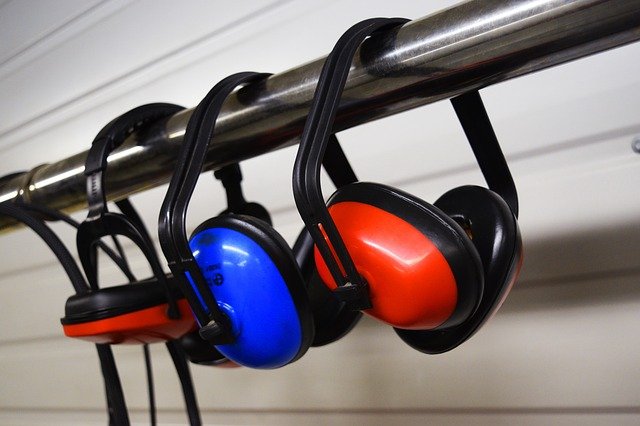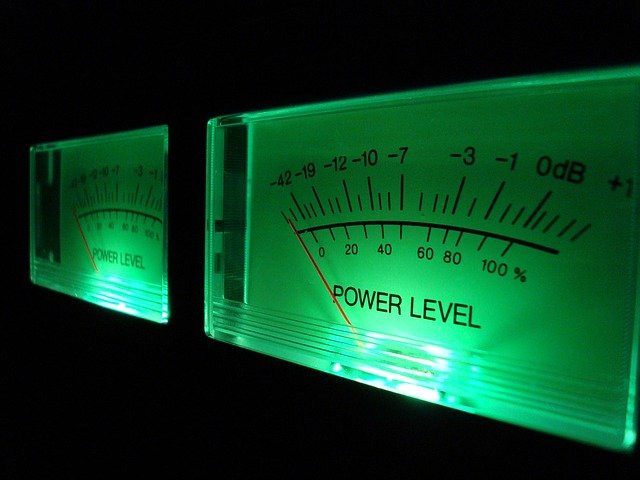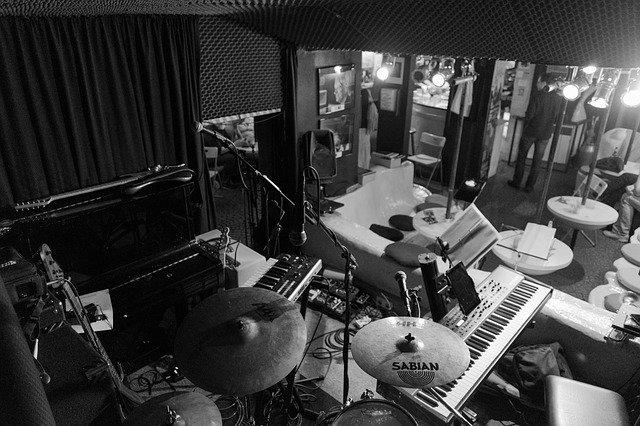Decibel Levels Examples – What’s Safe For My Ears?
Decibel Levels Examples – What’s Safe For My Ears?
As a budding music lover, you may be wondering what decibel level is safe for your ears. Playing music at a higher decibel level than you can handle can result in hearing loss. This can be temporary or permanent, depending on how often you listen to music at high volumes and how frequently you’re exposed to high decibel levels.

Decibel levels are incredibly important to consider when it comes to your hearing. In fact, the damage caused to your hearing will depend heavily on the decibel level you are exposed to, and the duration you are exposed to the sound. Fortunately, decibel levels are measured using the same scale (dB), so you can safely compare the noise levels of different sounds.
Examples of decibel levels
Decibel levels of different sounds.
0dB = a very quiet room
30db – Normal breathing sounds around you. Just a little louder than the sound of silence!
60dB – Sounds your heartbeat makes when you put your ear to your chest. A common sound level of a conversation between two people in an average environment.
80dB – City traffic noise, or a dishwasher running in the kitchen.
90dB – a loud stereo.
100dB – a typical conversation heard from one meter away.
110dB – a blender, or the sound level of a motorcycle at 3 meters away.
120db – the average sound level experienced on an airline flight. You might want to use ear plugs when you fly!
130db – an airplane taking off, or nearby thunder when it is raining very hard outside.
140db – fireworks going off near you.
150db – a gun going off, or standing next to fireworks going off.
160db – LOUD. This is the level of a jet taking off close by!
170db – an industrial rock band concert at about 20m away. Or a “pistol” shot (the really loud kind).
Remember that decibels are logarithmic units.
Positive effects of low decibel levels
You might expect the decibel level to cause hearing damage, but in fact, the opposite is true. Low decibel levels do not damage your hearing, which is a good thing! 🙂 At low decibels, the sound waves are very gentle on your ears and are easily filtered out by your ear canals. Thus they do not cause pressure in the ear.
Negative effects of high decibel levels
On the contrary, when you play music at a higher decibel level than your ears are capable of handling, the waves have a greater impact on your eardrums. This causes pain and results in long-term hearing damage. This can be temporary or permanent depending on how often you listen to music at high volumes and how frequently you are exposed to loud decibels.
How to Measure Decibels
The manufacturer of a speaker or earphones usually measures the decibel levels of their products using a sound pressure level meter. The sound pressure level meter works by converting the time and distance of the sound wave into an electrical signal that is sent to your hearing system. The electrical signal travels from your ear drums to your brain, where it is translated into a sensation of the actual sound waves themselves.

As such, the sound pressure level meter is able to measure sound levels in decibels with great accuracy. Knowing the actual dB level of a sound is crucial, especially if you want to have your hearing protection preventive measures not damage your hearing!
Comparing Decibel Levels
The most dangerous volume for your eardrums and hearing system is one that reaches a relative SPL (sound pressure level) of 90dB or higher. If you’re listening to music that reaches 90dB or higher, it is important to use some sort of hearing protection.

Conversely, if you want to listen to music at a volume that does not reach 90dB, then you don’t have to do anything special.
- Korg B2 vs Roland FP10 | Which One To Buy - May 13, 2021
- How Does Music Affect The Brain? – Let’s Find Out! - April 6, 2021
- Why Are My Headphones Crackling? – How To Fix It - April 3, 2021